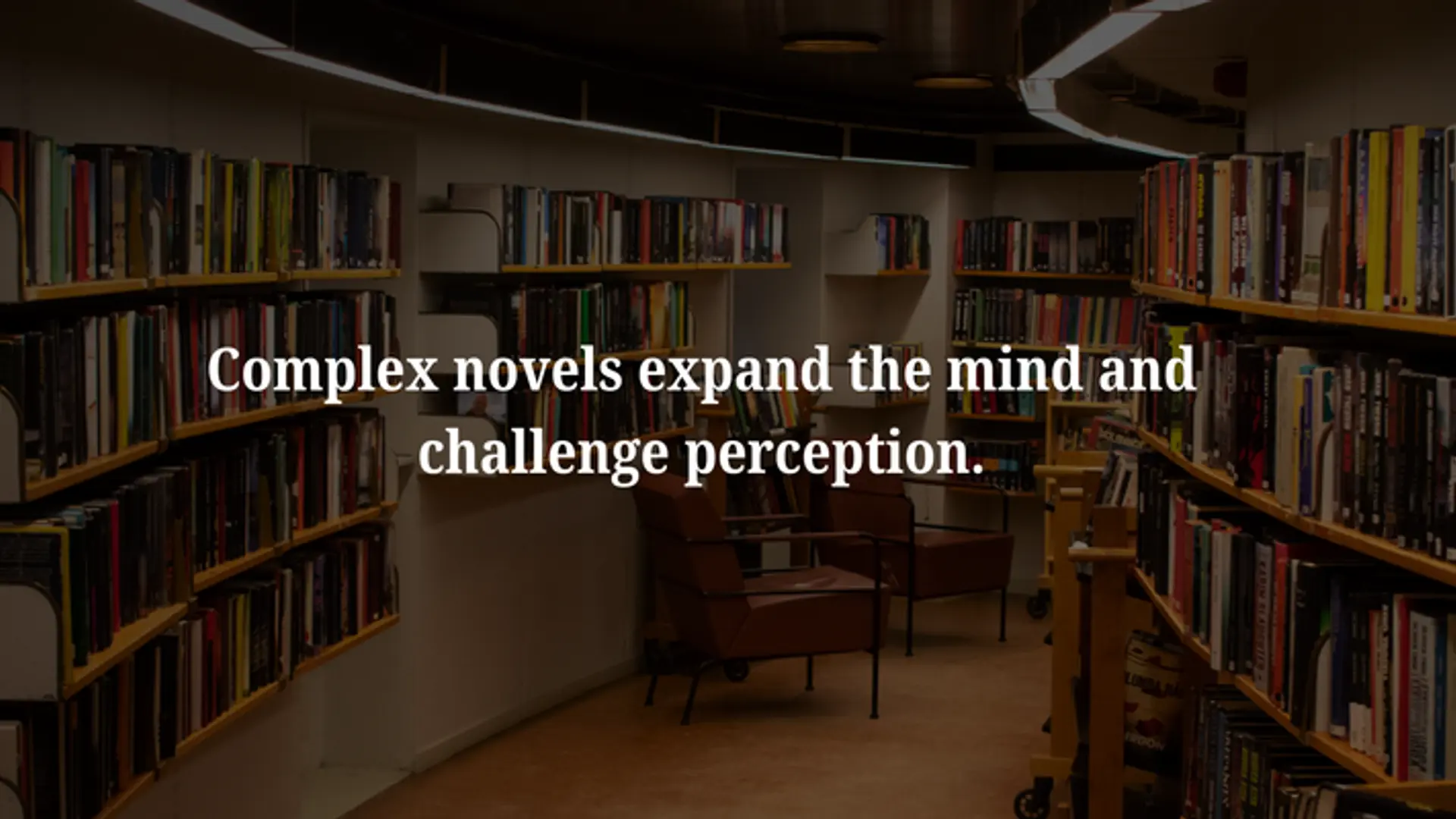It’ll be cities, not nations that will have to be resilient
India’s latest mega-monstrous fad is that of building 100 smart cities. Building cities is not a sinister idea in itself, given the country’s rate of urbanisation. The Indian urban population in 1901 was merely 11.4 per cent. This increased to 28.53 per cent in 2001, and is 31.16 per cent now (PDF). According to the UN’s State of the World Population 2007, this percentage will increase to 40 per cent in 15 years. There is, of course, a need for more urban spaces; but the ‘smart cities’ initiative cannot be seen in isolation. For, existing cities will not disappear; people will not move out from today’s urban agglomerates to tomorrow’s proposed ones. And, the initiative does not accord due importance to climate change.

There’s a premise for this misgiving. According to C40 Cities, more than 50 per cent of cities are already dealing with the effects of climate change, and nearly all are at risk. More than 90 per cent of urban areas are coastal, putting most cities at risk of flooding from rising sea levels and powerful storms. India has quite a few of them. And there are others that are located beside rivers. Most of these rivers are either drying out, or are polluted beyond redemption. Devastation is all-pervading.
Hot cities not cool
But then, the cities are rich and important too: they deliver roughly three-quarters of global economic activity, totaling more than $50 trillion. As of now, cities consume close to 80 per cent of the world’s energy, and are also the biggest sources of greenhouse gas (GHG) emissions through demand for heating or cooling, food, lighting, entertainment and transportation.
Urban sprawls, in their own way, are a problem too. According to the World Resources Institute (WRI), the sprawl of Atlanta emits 10 times as much GHGs as compact Barcelona because of its transportation needs. If smart cities of the future follow the Atlanta model, the world will be a lot hotter. Hot cities are indicators in themselves.
As part of the climate change problem, cities must be integral to the solution. By 2050, about two-thirds of the developing world and 86 per cent of the developed world would have been urbanised. The 2014 report from the Intergovernmental Panel on Climate Change (IPCC) had argued that smart choices in urban planning and investment in public transport could help significantly lower GHG emissions, especially in developing countries. “The next two decades present a window of opportunity for urban mitigation as most of the world’s urban areas and their infrastructure have yet to be constructed.”
According to the IPCC, global average temperature increases must be kept below two degrees Celsius to avoid serious ecosystem disruption and grave human health impacts. Since urban areas account for nearly three-quarters of humanity’s emissions, minimising global temperature changes will require cities to reduce GHGs by at least 80 per cent below 2000 levels by 2050.
ICLEI World Congress
Efforts are under way. In a meet that concluded this Sunday, mayors and officials from over 200 cities gathered in Seoul to talk urban sustainability at the ICLEI World Congress. Every three years, members and partners gather at the congress of the 15-year-old International Council for Local Environmental Initiatives (ICLEI) to showcase their actions over the period and discuss strategies for the following years.
The world’s largest network of municipalities on Friday last adopted an action plan aimed at taking prompt measures against climate change. The Seoul Action Plan, a follow-up to the Seoul Declaration adopted a day earlier, urged tight cooperation between cities through three major global municipality networks ― ICLEI, United Cities and Local Government, and C40 Cities-Climate Leadership Group ― to better tackle GHG emissions. The Seoul Action Plan and the Seoul Declaration will be delivered to the UN Climate Change Conference, or COP 21, which will be held in December in Paris.
There were not too many Indian towns at the event. There were the five ICLEI members of Gwalior, Pune, Rajkot, Shimla, and Thane, and non-members Chandigarh, Indore, Kurseong and Srinagar. The big cities were missing. These urban monoliths of India are not always to be found when needed. In March this year, mayors of 17 international cities across nine nations launched the Carbon Neutral Cities Alliance, a collaboration of global cities committed to reducing GHG emissions by at least 80 per cent by 2050 or sooner—the most ambitious GHG emission reduction targets undertaken by any cities across the globe. There’s Berlin, Sydney, London and New York among others; but not one from India.
The pattern is there to be seen. Delhi, Jaipur and Mumbai are members of the C40 Cities Climate Leadership Group, a network of the world’s megacities taking action to reduce GHG emissions. C40, which harnesses assets of member cities to address climate risks and impacts locally and globally, is composed of 75 member cities around the world. Here too, none of the Indian cities have enough climate-related information. They are among the worst in terms of having their facts ready.
Broadly speaking, the response of Indian cities to climate change is disconcerting. Millions of people in urban areas will be affected by rising sea levels, increased precipitation, inland floods, more frequent and stronger cyclones and storms, and periods of more extreme heat and cold. Climate change will also negatively impact infrastructure and worsen access to basic urban services and quality of life in cities. The Mumbai floods of 2005 and the Srinagar floods of 2014 were urban nightmares.
Yet, there is a lack of relevant city policies and action plans; regulations on urban planning which have not been adjusted to climate change; slow response to climate disasters due to lack of capacity; and lack of public awareness on climate variability and climate change-induced hazard mitigation. The challenge is to link climate change to local environmental and other developmental priorities.
We are all doomed if we leave it to municipalities to decide our climate future. Call them ‘smart cities’, or whatever.







